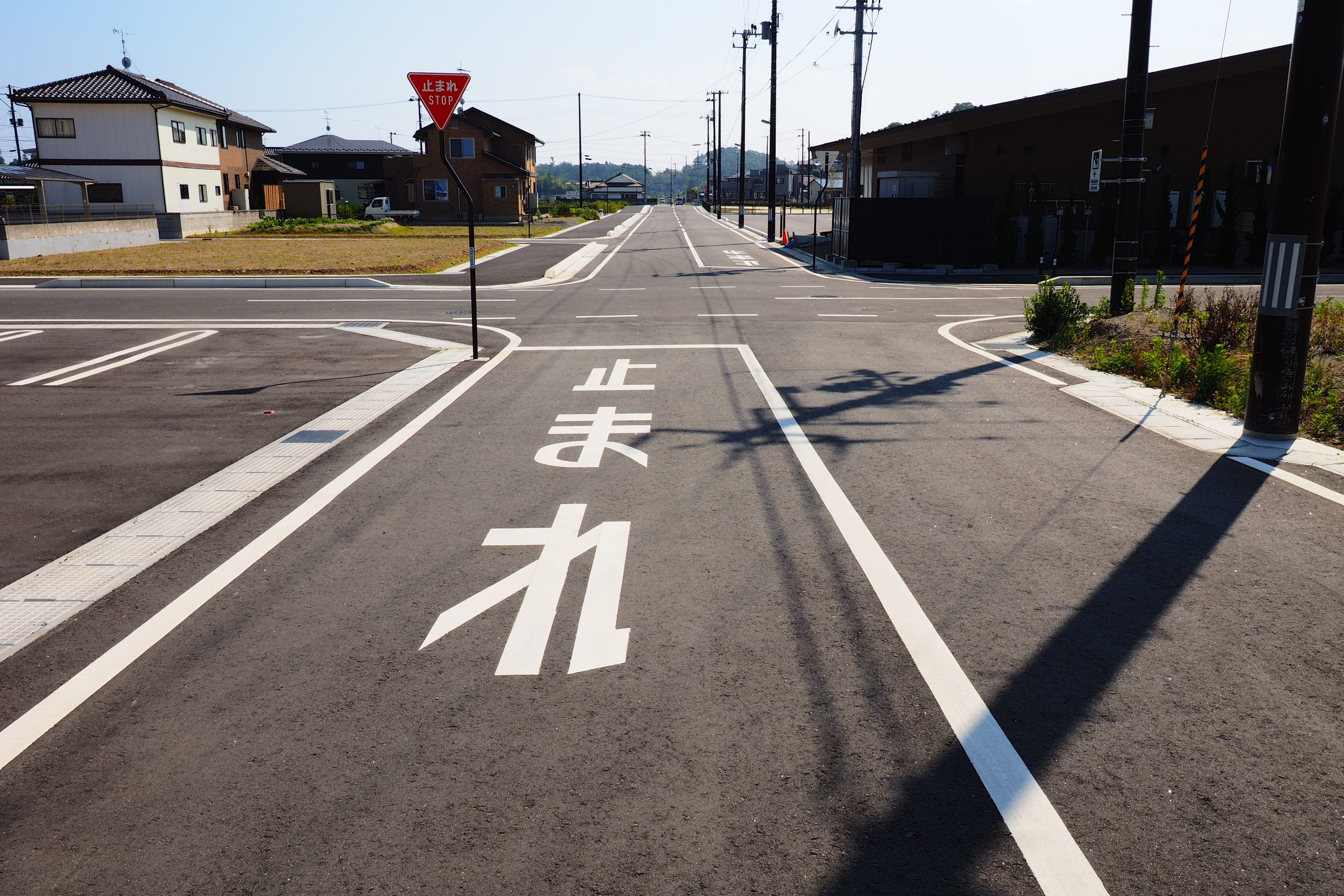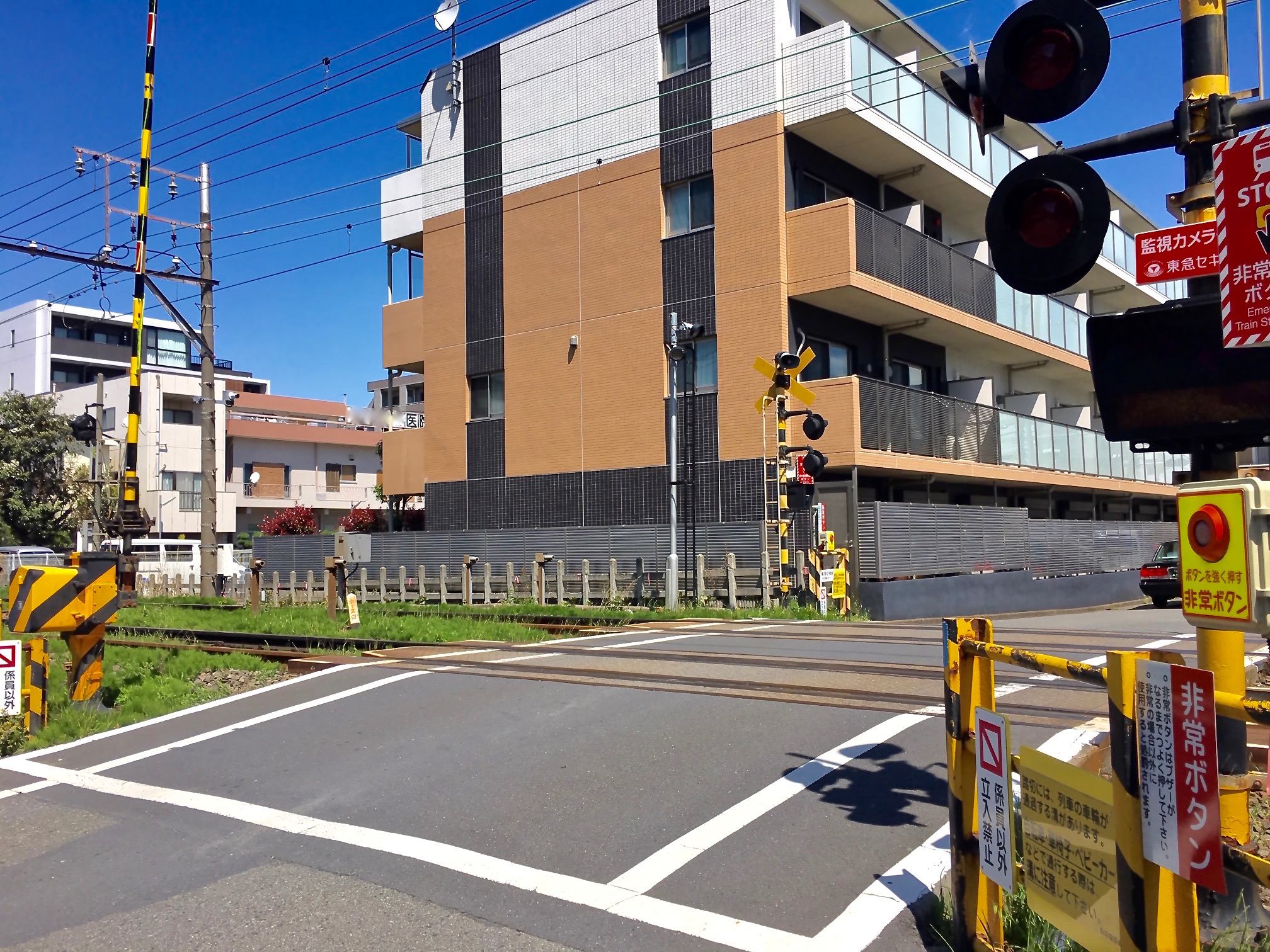
Traffic Rules in Japan
On this page we will explain you the basic Japanese traffic rules and their most peculiar points. Learn with this guide how to safely ride in Japan.
Left hand traffic
Roads in Japan use a left-hand traffic system, therefore when you ride on the road always keep the left and remember that left turning vehicles have the priority.
Also, remember that, when riding on the expressway, the far is the overtaking lane, therefore pay attention not to ride on it if it’s not the case.
Japanese Road Signs
Main Traffic signals
You can find below a list of the main traffic signals you may find during your motorcycle rental experience in Japan.

National road

Prefectural road

No entry

No Parking

No Stopping

No U-turn

Road Closed

Speed Limit

Stop

No two-stage right turn

Only Designated Directions Permitted

One-way Street
Stop Sign


The stop sign, in the left image, is a red downward-pointing triangle with the text
止まれ
in white. The same text is used in the related street marking (picture on the right) in a vertical writing (beware that this street mark has exactly the same meaning as the road signal and some times you may find only the street mark).
You usually find the stop sign at intersections, merging roads or roads next to public special facilities like schools, hospitals, etc. The vehicle making the stop has to wait for other cars or pedestrians to pass.
The most important thing to pay attention is to make a complete stop. When riding a motorcycle, unless you touch with your feet on the ground it is not considered a complete stop. If you are riding in a group, each member of the group has to follow the stop.
※Traffic lights with a blinking red light like those in railroad crossings require to make a complete stop even if there are no stop signs.
Speed Limit

The speed limit is often displayed on signs along the road. If not displayed, default speed limits in in Japan are 100 km/h for highways, 50 km/h for other roads.
However, most expressway speed limits are 90km/h, and sometimes it falls to 80km/h. That restriction might become lower in the case of adverse weather. In any case pay close attention to the speed limits indicated on each road and to the come.
Road Markings
Overtaking

Japan rules toward overtaking and related road marking are not really different from many other countries and, as you can see from the image above, the rules are quite simple.
- White dashed line: there is no particular limitation. Overtaking is OK.
- White/Yellow continuous line: mostly set before a special road or intersection.
White continuous line: forbidden to cross.
Yellow continuous line: forbidden to cross for overtaking.
Special Lanes

When reaching an intersection, the traffic is usually split between roads with arrows painted on the lanes. Generally right lane is for turning right, middle lane for going straight ahead and left lane is to turn left.
Going on a direction other than the one painted on the line you are riding on might incur in a traffic violation. Therefore, it is very important to always drive on the right lane. It becomes yellow solid line from 30 to 50 m before the intersection.
Changing lanes crossing a solid yellow line is a violation, so if you make a mistake you have to proceed following the arrows. Before reaching the intersection, slow down the speed and check which lane is recommended.
Crosswalks

Pedestrians and bicycles have top priority on crosswalks. Please make sure to check both right and left to check there are no pedestrians when crossing a crosswalk. If a pedestrian is about to cross, always give him/her the way.
Attention to train crossing!

Bring your vehicle to a complete stop in front of open train crossings. In Japan is mandatory rule to make a complete stop in front of a train crossing even when the bar is open and failing to stop is an actual violation which may incur in a penalty.
Types of traffic lights and their meanings


In Japan is common to have traffic lights with arrows indicating the direction on which the traffic can proceed.
In case the arrow pointing to your direction is lighting green, as in the left image, you are allowed to proceed.
Also, most of traffic lights in Japan are located on the opposite side of the road, as in above image on the right, therefore when approaching a junction point, pay close attention to the opposite side of the road.
50cc Traffic Rules

- Single rider only, no passenger allowed.
- Speed limit: 30km/h.
- Need to stay to the left 1m of the road.
- Not allowed to ride on expressways/highways.
- Any right turn on a street with 3 lanes at the point of intersection, requires a two-stage right turn. In some cases two-stage right turn is forbidden. In these cases you will find the signal on the left.
Japanese Road Signs

Expressway

General road
In Japan highway sings are green, while general road or public highway are blue.
Depending on the country, it might be opposite situation, therefore pay close attention.
Tokyo’s Shuto Expressway attention point

On the Tokyo Metropolitan Shuto Expressway, it is severely prohibited to carry a passenger. Sings indicating this prohibition are visible at expressway entrances.
About the Electronic Toll Collection system (ETC)
In Japan we have a wireless electronic system to smoothly pass through expressway gates without stopping at the booth called ETC. For more information regarding ETC, please consult our ETC page
Regarding Parking
In the city district it is mandatory to park vehicles in parking lots. In case of illegal parking on the road, a parking violation officer will issue an illegal parking ticket. In Japan is common sense to use toll parking lots, but it is also true that there is only few parking for motorcycles.
Normally, if you ask to the hotel you will be staying, they will show you the parking space (for charge depending on the hotel). In some cases you may be able to use parking of supermarkets, department stores, big retailer shops, etc. However, make sure to use them after verifying eventual restrictions related to shopping facilities. Please pay attention while using convenience store’s parking lots, since long term parking is not allowed.
What to do when receiving an illegal parking ticket

In Japan, when parking your motorcycle on the road, depending on the location there may be cases you will incur in a parking violation and have to pay a fine.
- In case of parking violation
- You will find an illegal parking notice, with 駐車違反 wrote on your rental vehicle
- Go to the Police Station in charge in the area of the parking violation happened, go through the formalities and pay the fine.
- After completing the procedures, return the vehicle
- In case you don't handle the parking violation payment procedures
- If you fail to handle the parking violation payment procedures before returning your rental vehicle, you will be charged the parking violation fee and our company will charge you another 20,000 yen parking violation penalty.
Check all the details regarding parking violation here
For more information regarding Japan’s road rules, check the JAF Page
